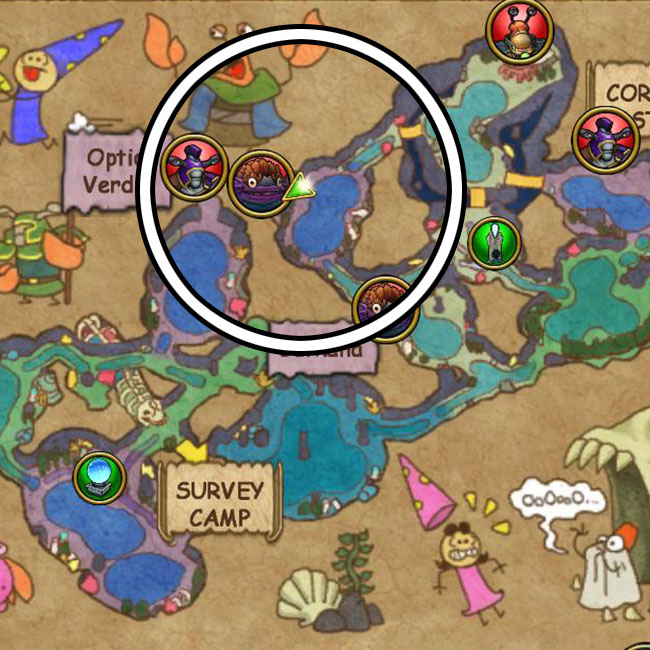

To meet these needs we developed multiple edit deconvolution by inference of traces in R (MultiEditR) ( z.umn.edu/multieditr), a program with a web interface that provides accurate and cost-effective detection and quantification of RNA editing from Sanger sequencing that yields comparable results to NGS methods. 1, 14 Finally, the detection and quantification capabilities of a Sanger based approach has yet to be benchmarked against next-generation sequencing (NGS) methods. This feature is essential to evaluate on-target and off-target programmable RNA editing, and it is also crucial in the context of endogenous RNA editing, where editing sites are often in a cluster, leading to hyper-edited transcript regions that can be missed by standard RNA editing analysis of RNA-seq data. 12 Although some tools exist for the quantification of DNA base editing from Sanger sequencing, 13 they are not able to detect and quantify multiple sites simultaneously within the same Sanger trace.
#Amplifx software
This part of the process, independently from the RNA base-editing method used, represents a time-consuming step, in which a quick and inexpensive evaluation of on-target and off-target editing at the transcript level is needed to define the best experimental settings to use.ĭespite the widespread use of Sanger sequencing, no program exists specifically for the quantification of RNA editing, leaving some to creatively, yet not optimally, measure the height of peaks from Sanger sequencing traces using image analysis software such as Adobe Illustrator. 8, 9, 10, 11 To validate the existence of programmed RNA edits, the first step is to evaluate the editing efficiency of the targeted base (on-target editing), and the second step is to evaluate the presence of possible undesired editing sites along the same transcript (off-target editing).

Meanwhile, identification and quantification of programmable RNA editing is mainly accomplished by Sanger sequencing.

This leads to the necessity of routine validation and quantification of RNA editing sites by Sanger sequencing, and by bacterial colony sequencing of subcloned polymerase chain reaction (PCR) amplicons. 5, 6 Although these approaches are robust, they are often complicated by genomic sequence polymorphisms, sequencing errors, and-or low coverage of certain genomic regions. 4 For both endogenous and programmable RNA editing, the accurate and precise detection as well as quantification of editing is essential.Ĭurrent identification and quantification of endogenous RNA editing relies on RNA-sequencing (RNA-seq) data analyzed by several different algorithmic approaches. 2, 3 Importantly, the recent development of programmable RNA base-editing technologies presents the possibility to correct pathogenic mutations at the RNA level, opening important therapeutic scenarios. RNA editing has implications in a variety of biologically processes, particularly among those involved in neural physiology, immunity, and oncogenesis. RNA editing is the most abundant post-transcriptional modification in messenger RNA (mRNA), 1 with two predominant types of editing: cytidine-to-uridine editing (C-to-U) by the APOBEC family of enzymes, and adenosine-to-inosine editing (A-to-I) by the ADAR family of enzymes.


 0 kommentar(er)
0 kommentar(er)
